Graphic design for awareness emerged as a powerful tool in the digital age to cut through noise and amplify crucial messages. Initially, there was a heavy reliance on traditional media, but now there's a plethora of graphic design avenues available. Regardless of the medium chosen, this style of design aims to inform, engage, and inspire action. While some may view awareness campaigns as overly serious or preachy, the truth is, they can be vibrant and dynamic--and are experiencing a noteworthy surge in popularity. Elevate your advocacy efforts with the following graphic design strategies and make a significant impact.
Visual Storytelling Techniques
Graphic design for awareness heavily relies on visual storytelling techniques to effectively communicate messages that resonate with audiences on a deeper, emotional level. Designers meticulously blend typography, color schemes, imagery, and layout to create compelling narratives that instantly draw attention and sustain engagement. They often employ symbolism and metaphors within their visuals, allowing viewers to connect abstract concepts with tangible elements in the design, facilitating a more profound comprehension of the issue being addressed. Incorporating elements such as dynamic composition, contrast, and rhythm, designers ensure that their creations not only captivate but also provoke reflection and cultivate a sense of urgency or empathy, crucial for encouraging action and change.
Color Psychology in Design
Graphic design leveraging color psychology in creating awareness campaigns holds significant potential for influencing perceptions and emotions. Warm colors such as red and orange can be strategically used to evoke urgency and grab attention, while cooler tones like blue and green often convey trust and calmness, subtly guiding viewer's emotions in a desired direction. The use of yellow can instill a sense of optimism and clarity, making it an effective choice for drawing viewers in and encouraging them to take action. Additionally, an understanding of cultural connotations attached to different colors ensures that designers can tailor their palettes to resonate with diverse audiences, achieving a harmonious balance between aesthetics and message efficacy.
Typography for Impact
Typography plays a crucial role in graphic design for awareness campaigns, as it directly influences the visual communication and emotional resonance of the message. Carefully selected fonts and styles can convey urgency, compassion, or authority, depending on the intended impact. Sans-serif fonts like Helvetica or Arial, known for their readability and modern aesthetics, are often used to deliver straightforward and clear messages that demand attention. On the other hand, expressive serif fonts such as Times New Roman may be chosen to evoke a sense of tradition and reliability, enhancing the campaign's credibility while decorative and script fonts should be used sparingly to draw attention to key details without overwhelming the audience.
Infographic Design
Infographic design serves as a potent medium in graphic design tailored for awareness campaigns, effectively converting complex data into visually appealing and easily digestible formats. By strategically employing a harmonious blend of colors, typography, and iconography, infographics engage the viewer, fostering a deeper understanding and retention of the pertinent information. Every element within an infographic, from the layout to the choice of symbols, is meticulously constructed to guide the audience through a narrative, ensuring that key messages are prominent and the call to action is clear. Infographics offer an immediate focal point, grabbing attention in information-dense environments, making them indispensable tools for awareness campaigns aiming to convey critical messages swiftly and memorably.
Emotional Branding Elements
Emotional branding elements in graphic design play a pivotal role in creating deep and lasting connections with audiences. Designers use colors, typography, imagery, and composition strategically to evoke specific emotions that resonate with a brand's core values and message. Vibrant yet harmonious color palettes can evoke warmth, passion, or calmness, while thoughtful typography selections can convey trust, innovation, or elegance. Imagery, whether photography or illustration, must align with cultural contexts and brand narratives to stir feelings such as nostalgia, aspiration, or empathy, leading to a more engaging and memorable brand experience.
Social Media Graphics
Graphic design for awareness using social media graphics involves crafting visually compelling content aimed at capturing viewers' attention and conveying informative, persuasive messages efficiently and effectively. Designers strategically use a blend of eye-catching visuals, concise typography, and brand-specific color schemes to create graphics that not only stand out in crowded social feeds but also elicit emotional responses and encourage user interaction or sharing. Each visual element is meticulously selected and positioned to ensure alignment with the campaign's core message, guiding viewers through a coherent narrative that resonates with their values or experiences. In creating these graphics, designers often leverage the latest design software and tools to experiment with various formats such as GIFs, infographics, or interactive posts, thus ensuring adaptability and relevance across different social media platforms while maintaining consistent brand messaging and increasing the campaign's potential outreach and impact.
Campaign Visuals
Campaign visuals in graphic design for awareness are meticulously crafted to captivate attention while conveying a poignant message. Designers employ strategic color schemes and typography that reflect the campaign's tone and ethos, often blending visual symbolism with text to maximize impact. Iconography and imagery play pivotal roles; they are carefully chosen to resonate emotionally with the target audience, transcending mere aesthetics to evoke action or deep contemplation. Designers often utilize contrast and space creatively, directing the viewer's eye to crucial elements, ensuring the campaign visuals not only inform but also leave a memorable imprint that fuels conversation or inspires change.
Interactive Design Elements
Graphic design for awareness leverages interactive design elements to engage users by creating immersive experiences that stimulate cognitive involvement. Elements such as animated infographics, hover effects, and clickable hotspots draw attention to critical information, encouraging users to explore more deeply and retain essential messages. Furthermore, these elements can be tailored to adapt in real-time according to user interaction patterns, offering personalized experiences that enhance the effectiveness of communication. Data-driven feedback mechanisms embedded within these designs not only facilitate the continuous improvement of engagement strategies but also empower designers to tweak elements for optimal user impact, ensuring that the visual narrative remains compelling and memorable.
User-Centered Design Strategies
User-centered design strategies prioritize the needs, preferences, and limitations of end users, ensuring that the design is effective, usable, and resonates emotionally with its intended audience. Designers begin by conducting thorough research including user interviews, surveys, and observational studies to understand the user's setting, behaviors, and pain points. This data forms the foundation for creating personas and user journeys that guide every design decision, allowing each element, from color and typography to imagery and layout, to speak directly to the user's context and expectations. Prototyping and iterative testing involving direct user feedback refine the design further, ensuring not only aesthetic appeal but also functionality and accessibility that align seamlessly with the users' natural workflow, enhancing both the usability and the impact of awareness campaigns.
Awareness Poster Layouts
Awareness poster layouts in graphic design require a strategic balance between visual hierarchy and text placement to effectively convey critical information. Designers meticulously select typographical elements, utilizing bold fonts for headlines and contrasting, legible subtexts that guide the viewer's eye seamlessly through the message. Color schemes are chosen not only for their aesthetic value but also for psychological impact, often employing vibrant hues to evoke emotions or draw attention, while ensuring sufficient contrast for readability. Imagery plays a crucial role, where designers opt for striking visuals or powerful icons that encapsulate the advocacy or cause, creating a focal point that reinforces the poster's narrative and purpose.


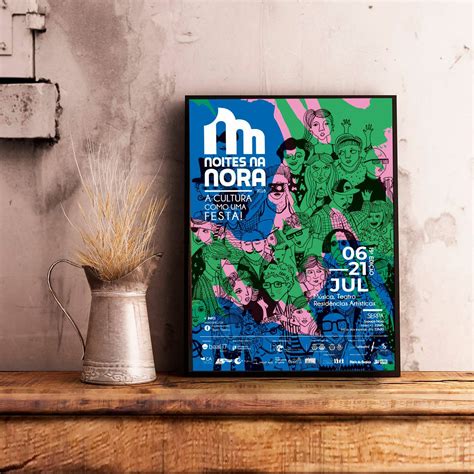


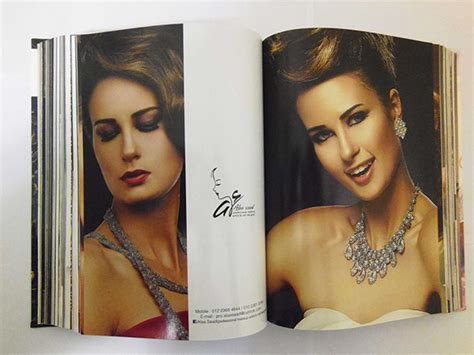
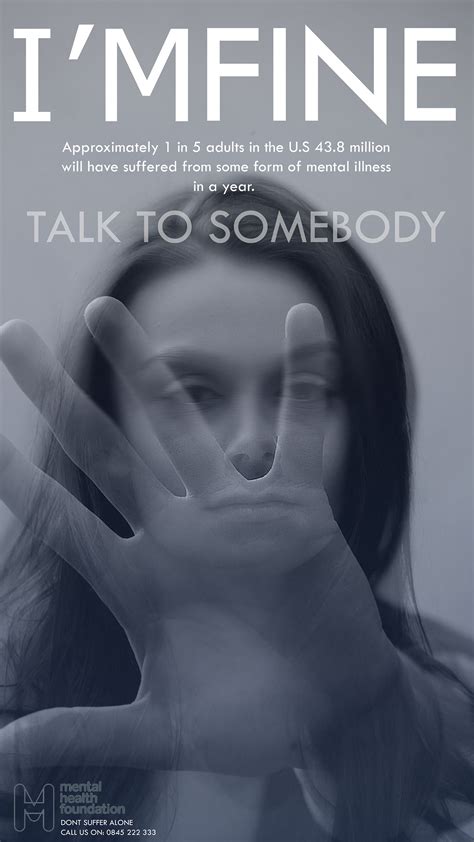

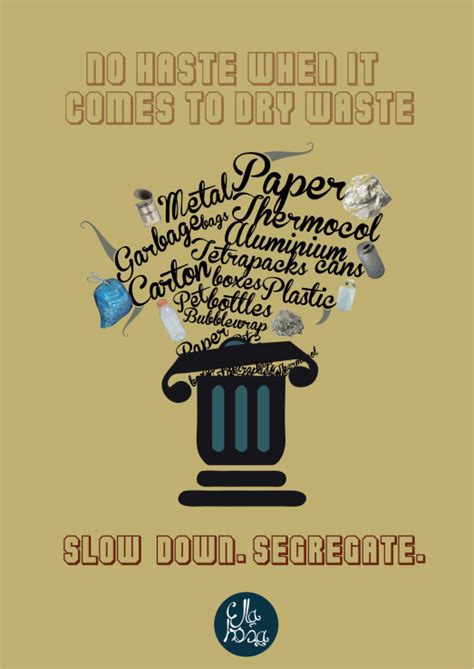


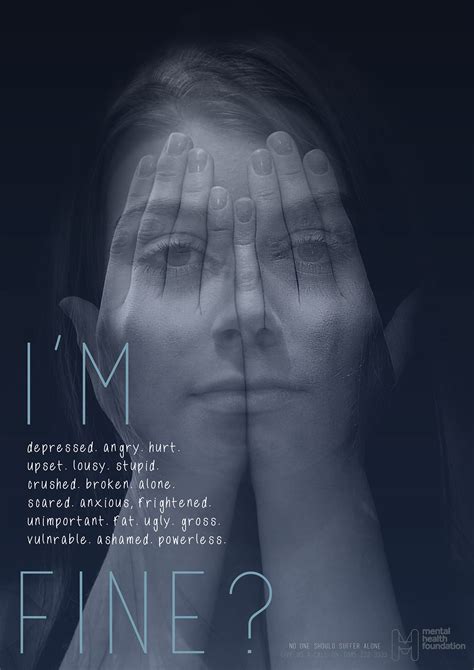
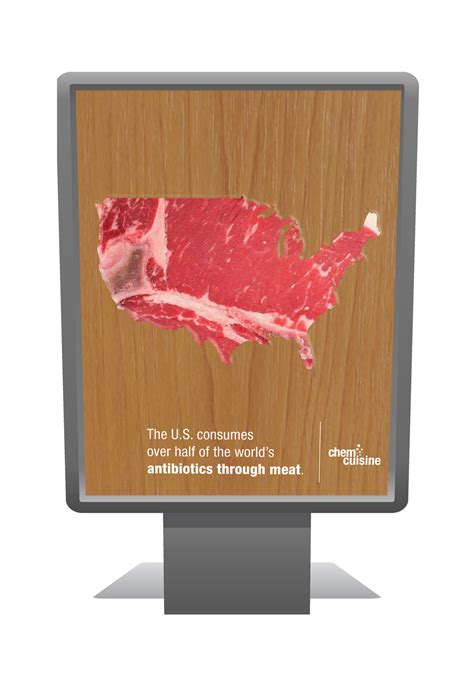
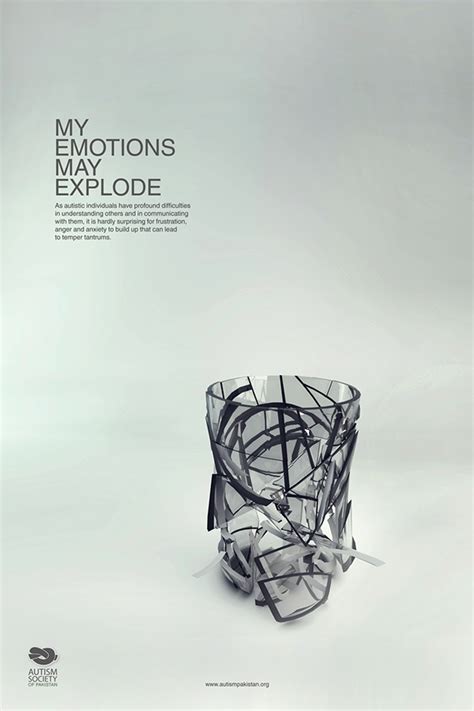
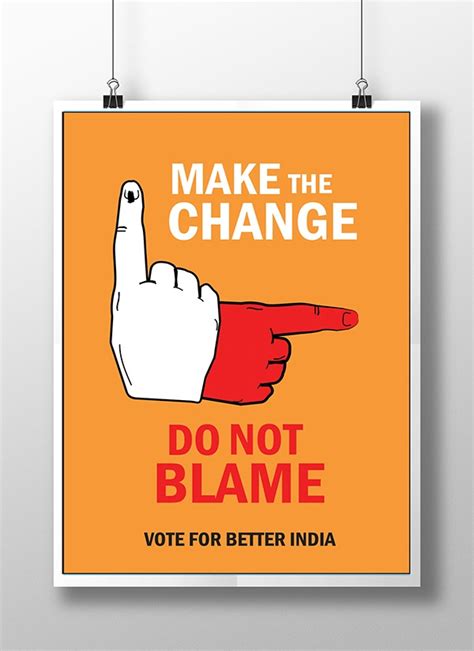
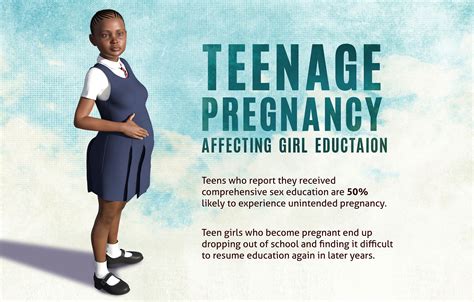
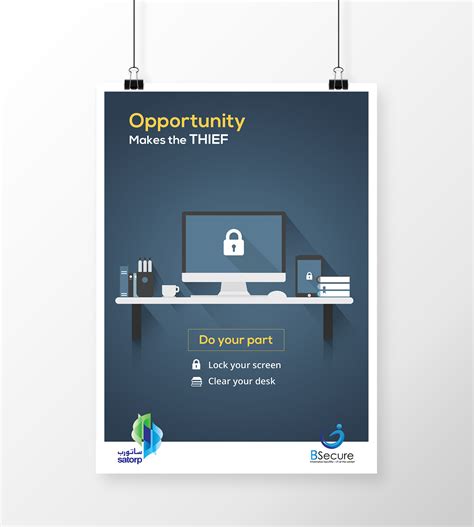


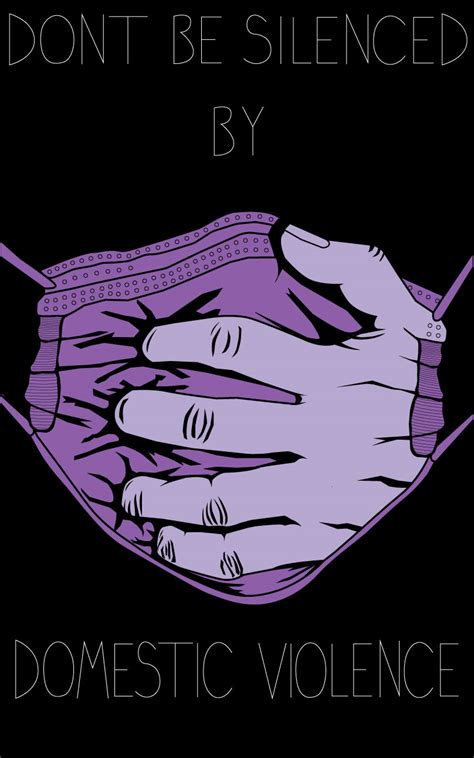
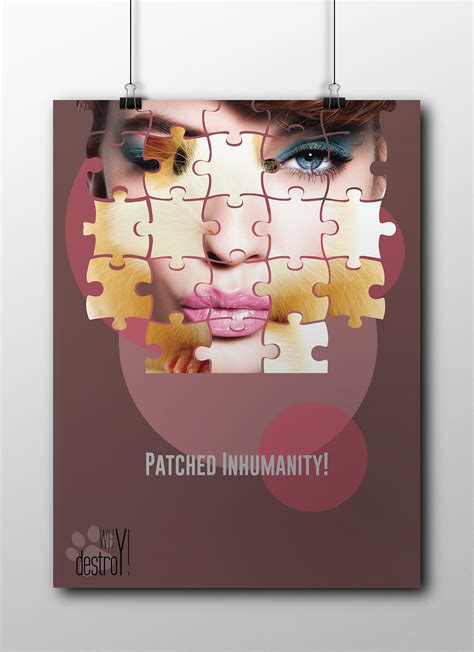
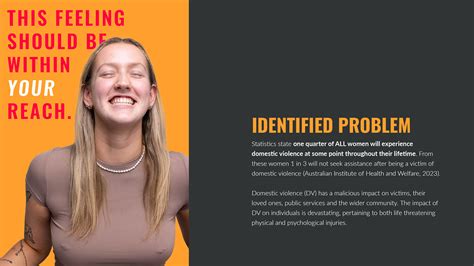
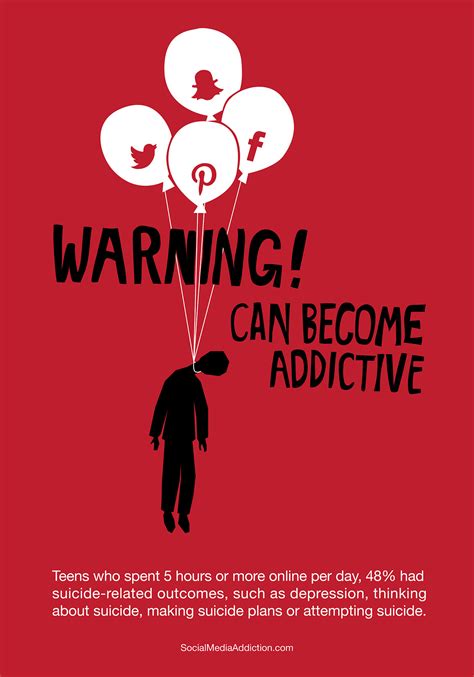

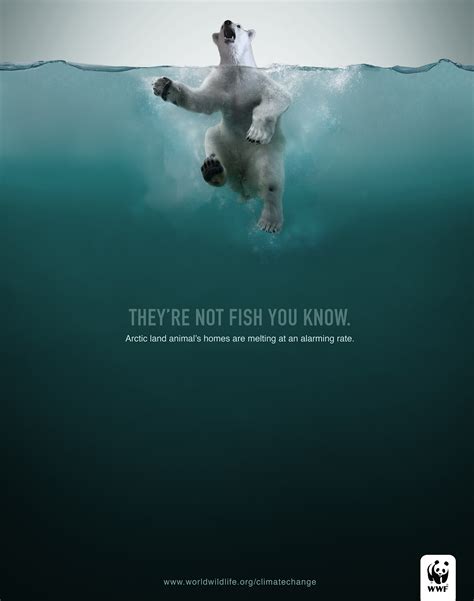
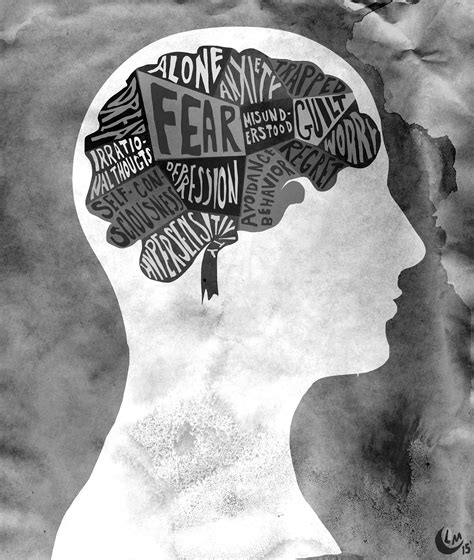




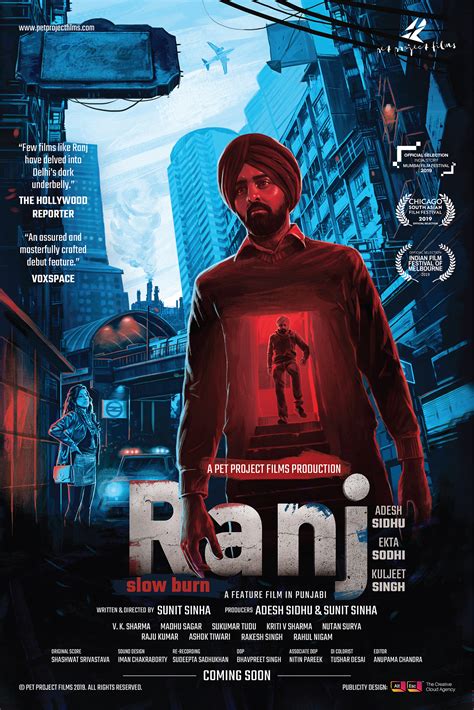
Leave a Reply
Your email address will not be published.